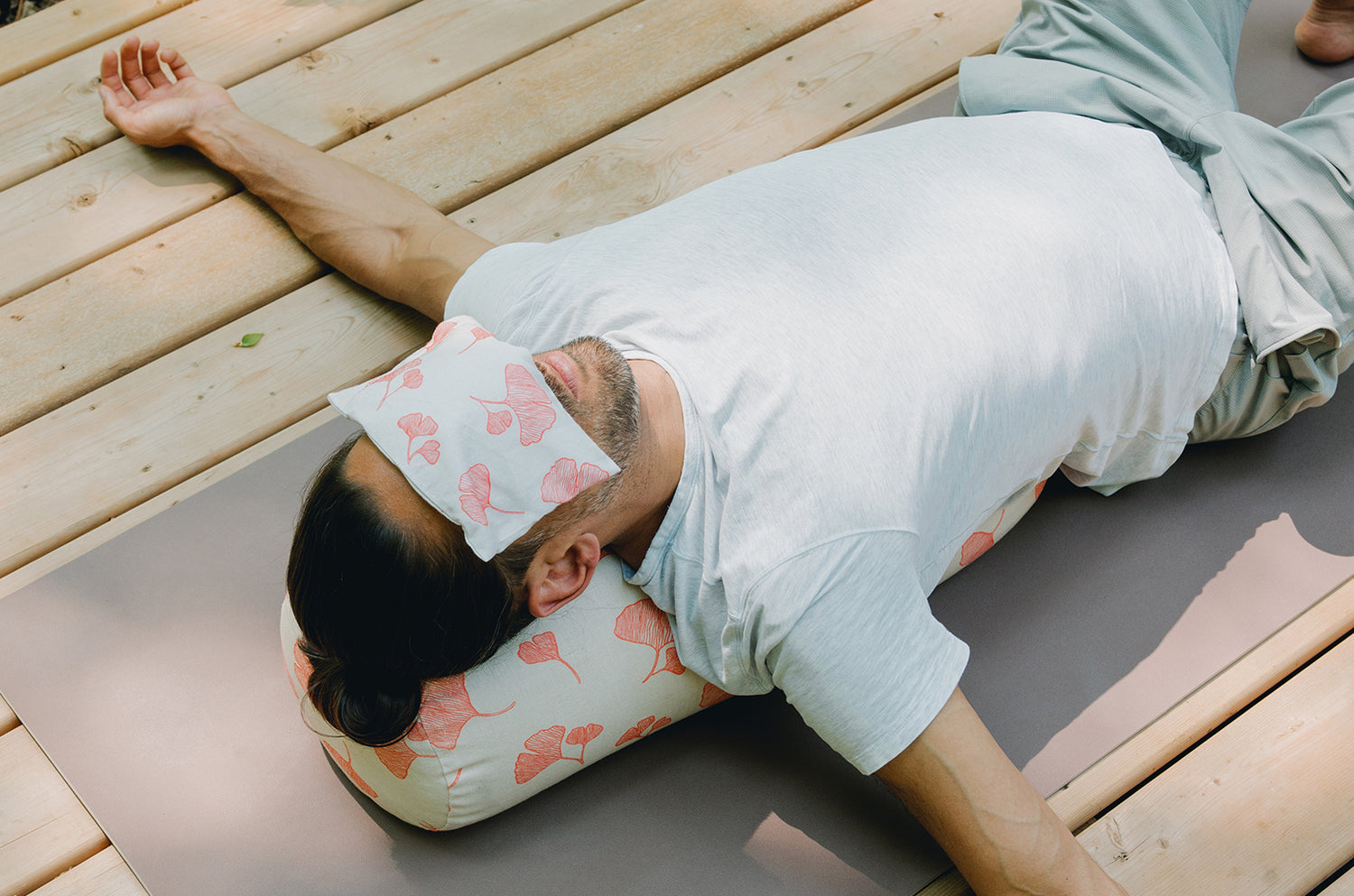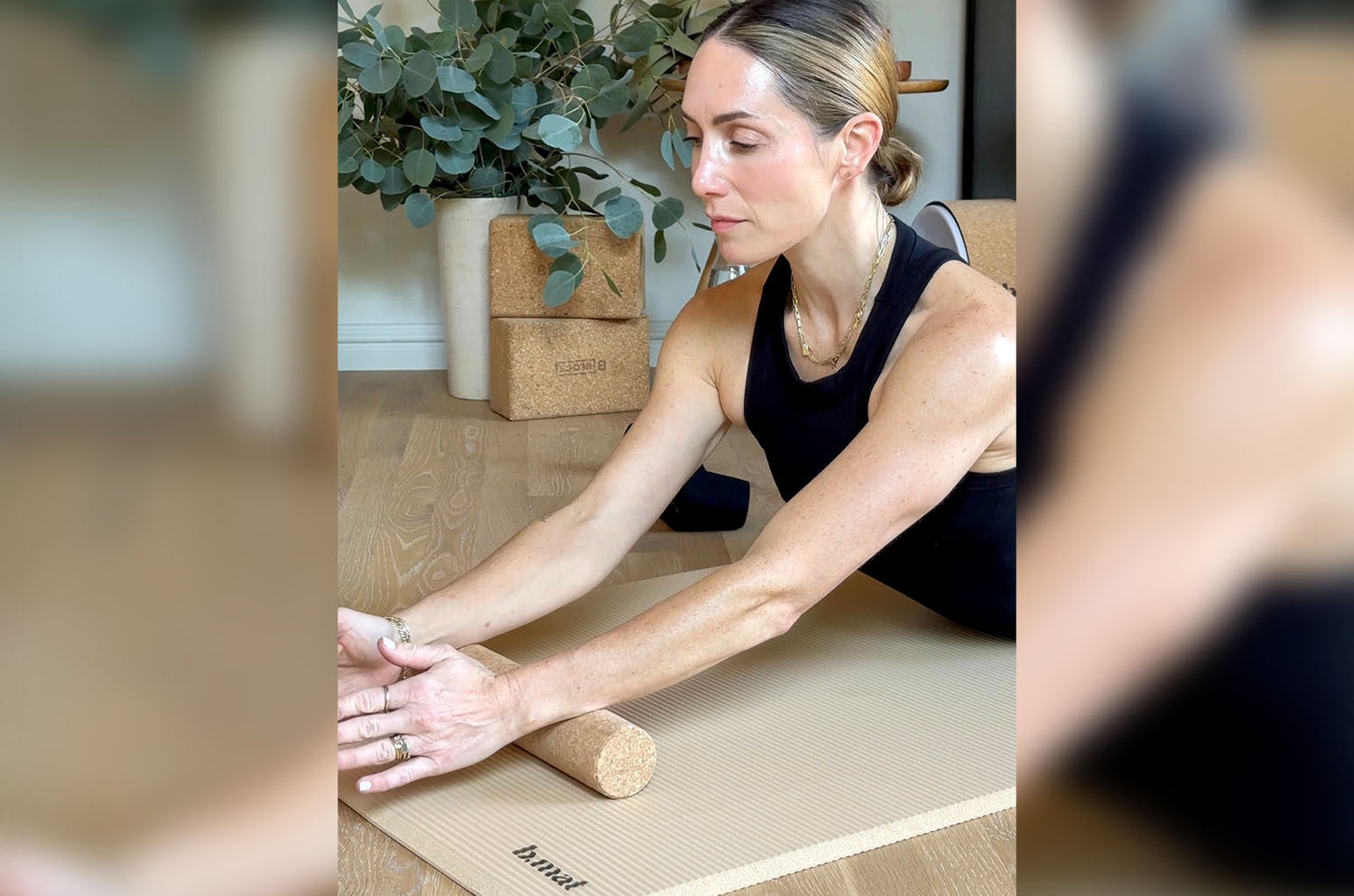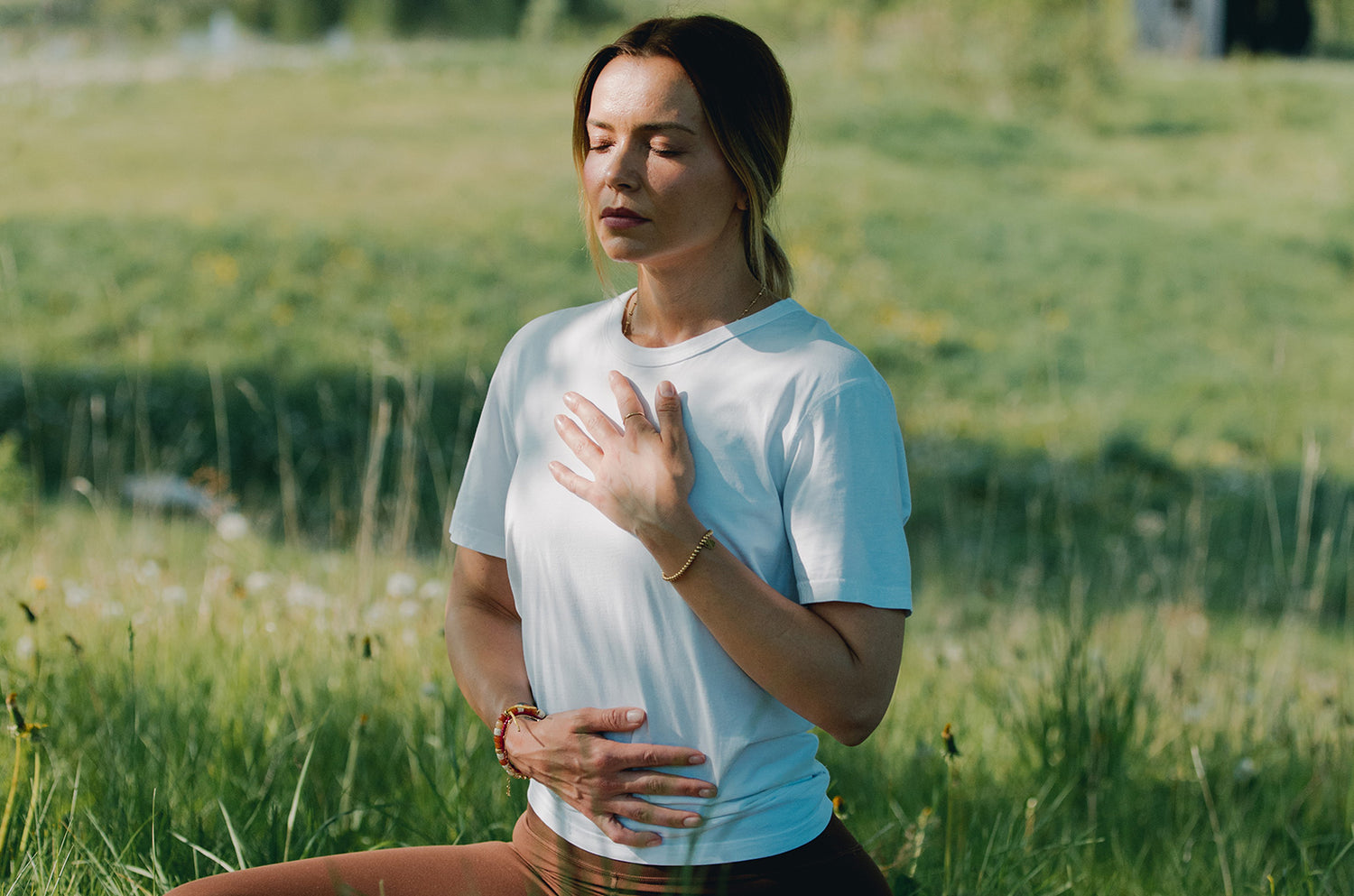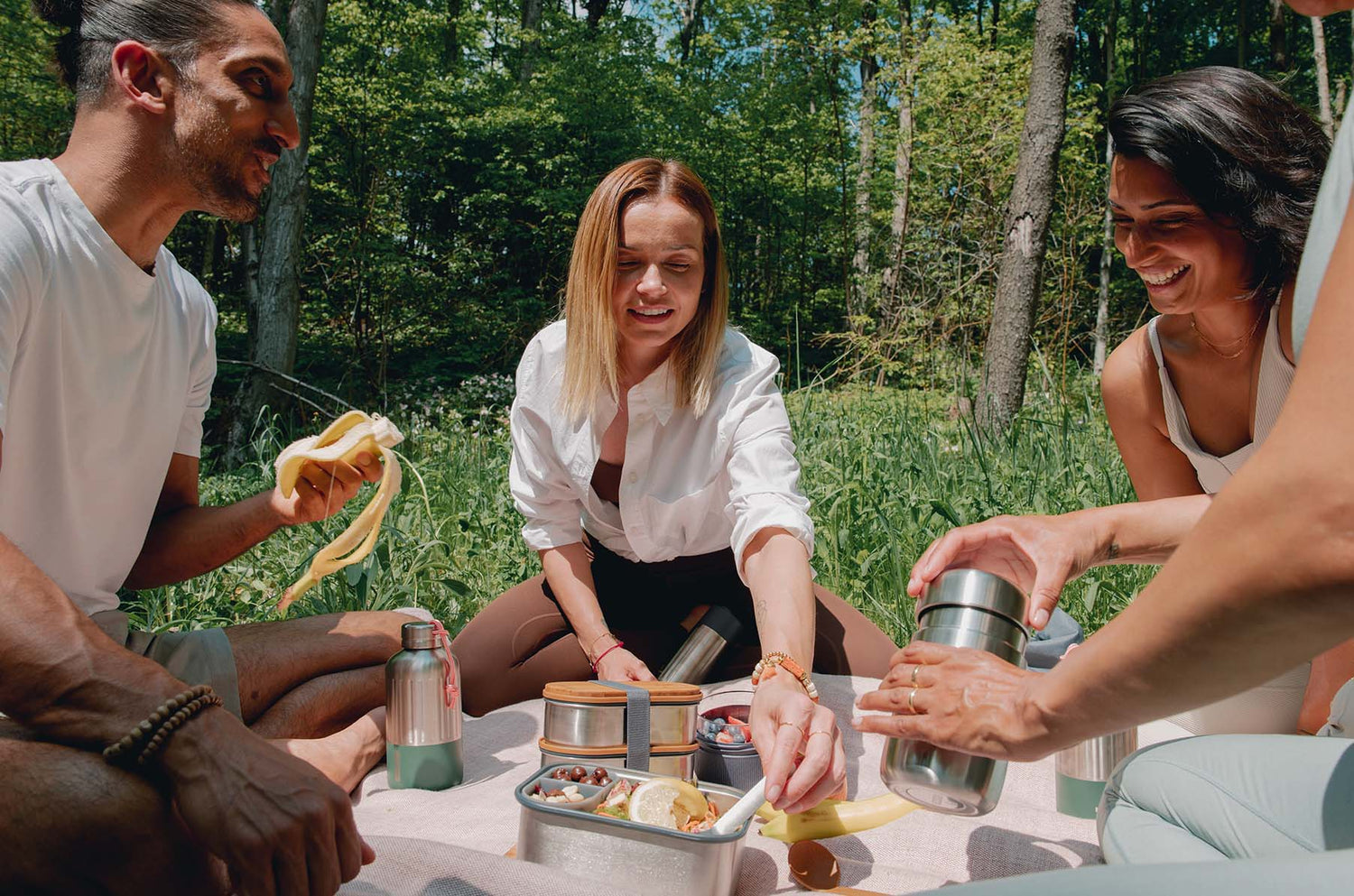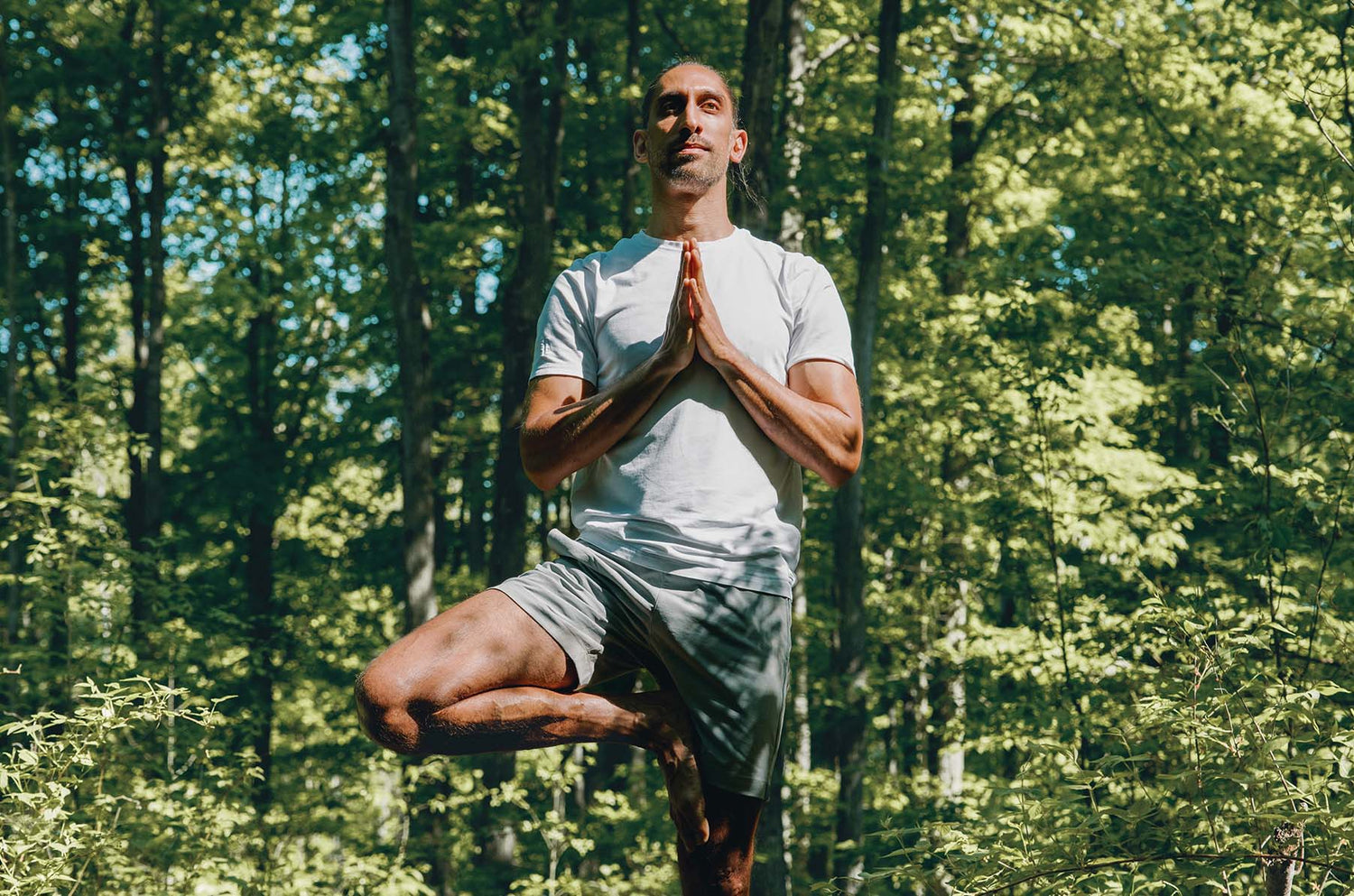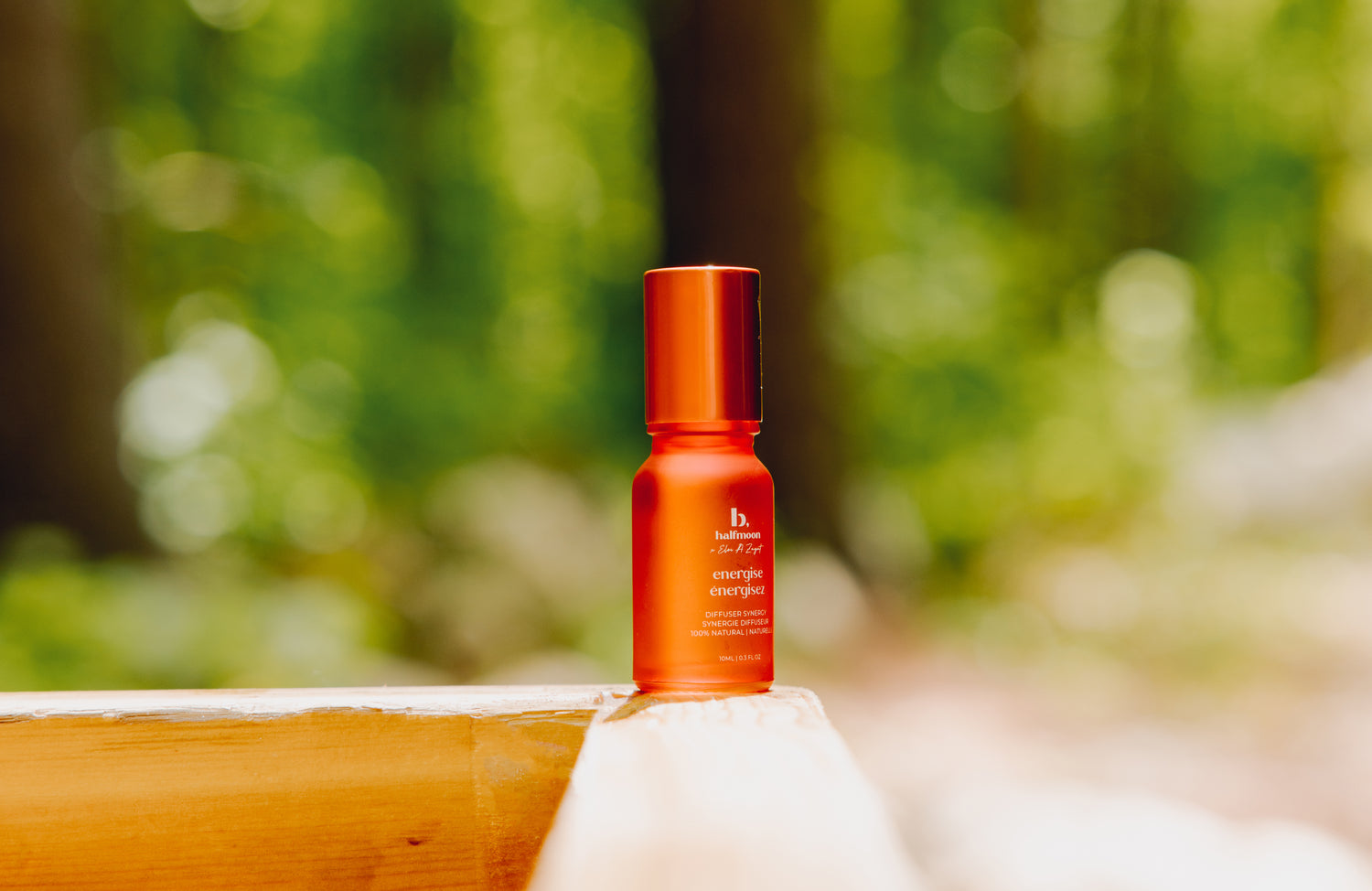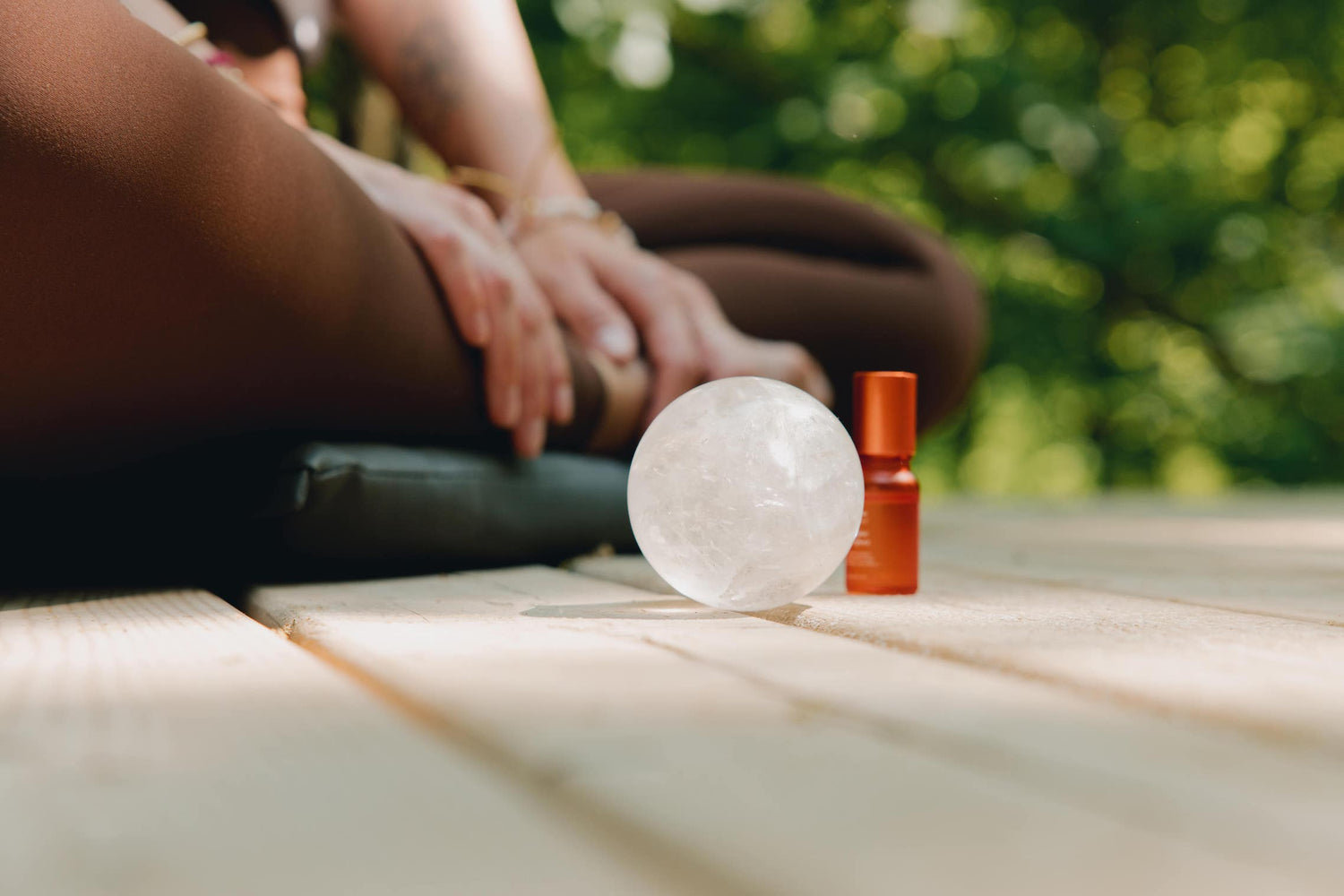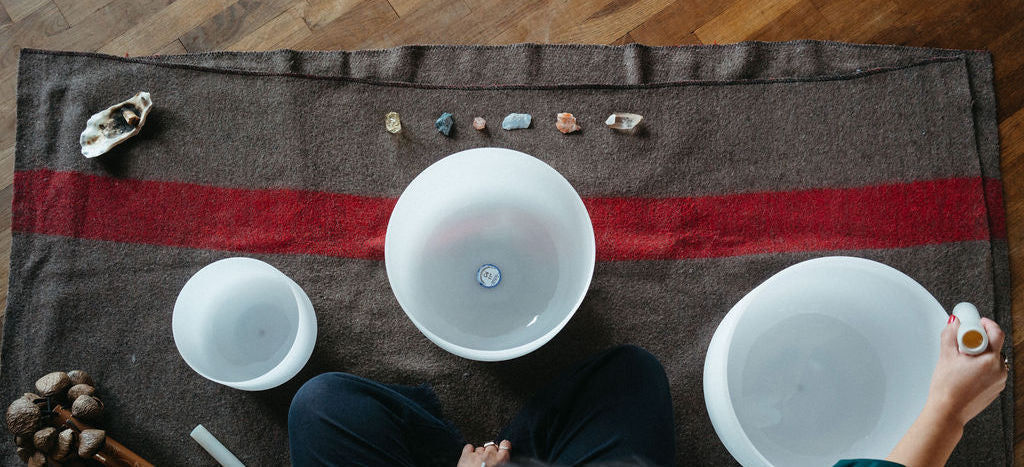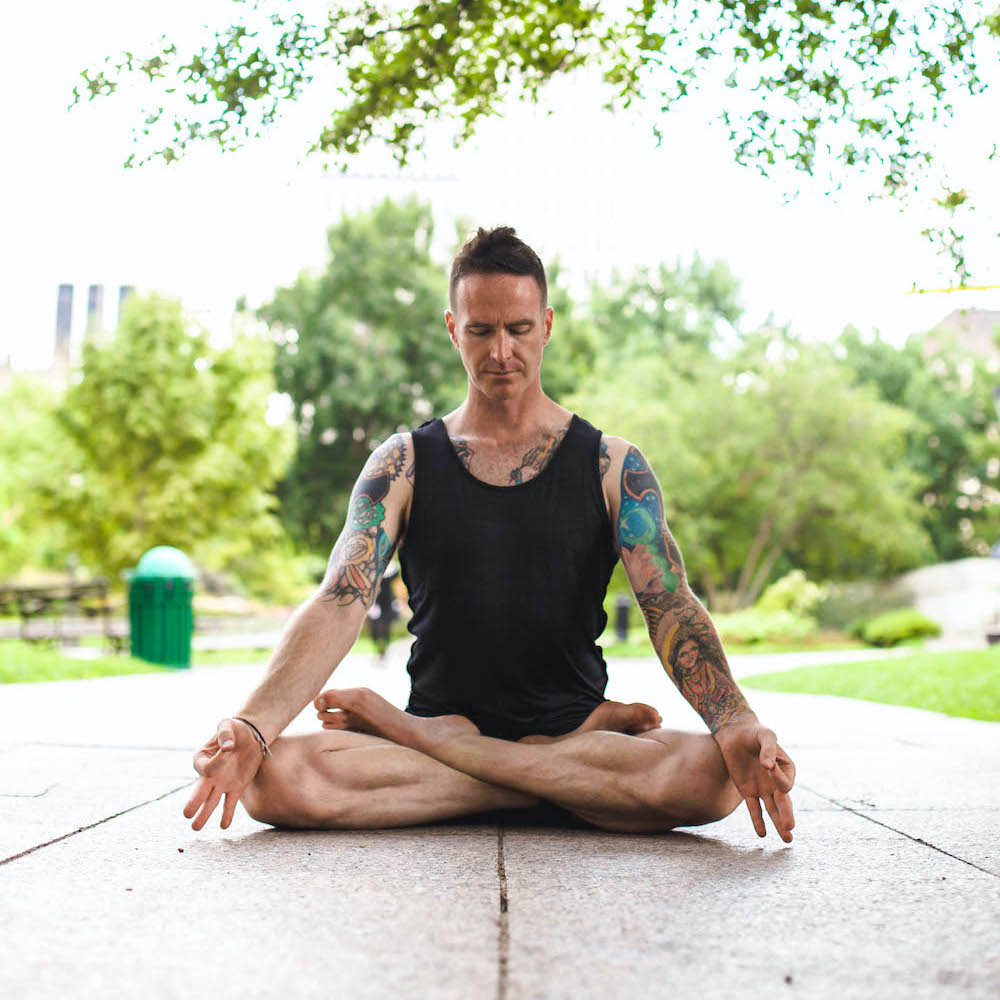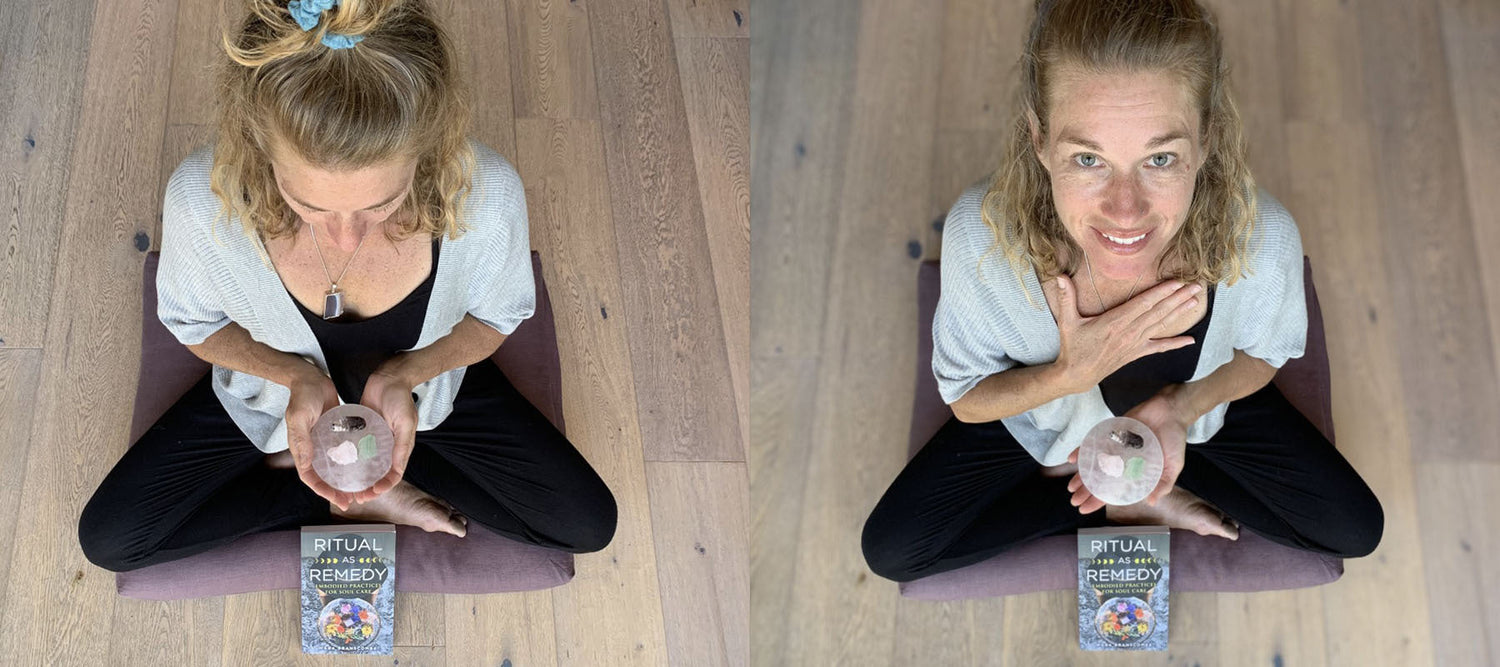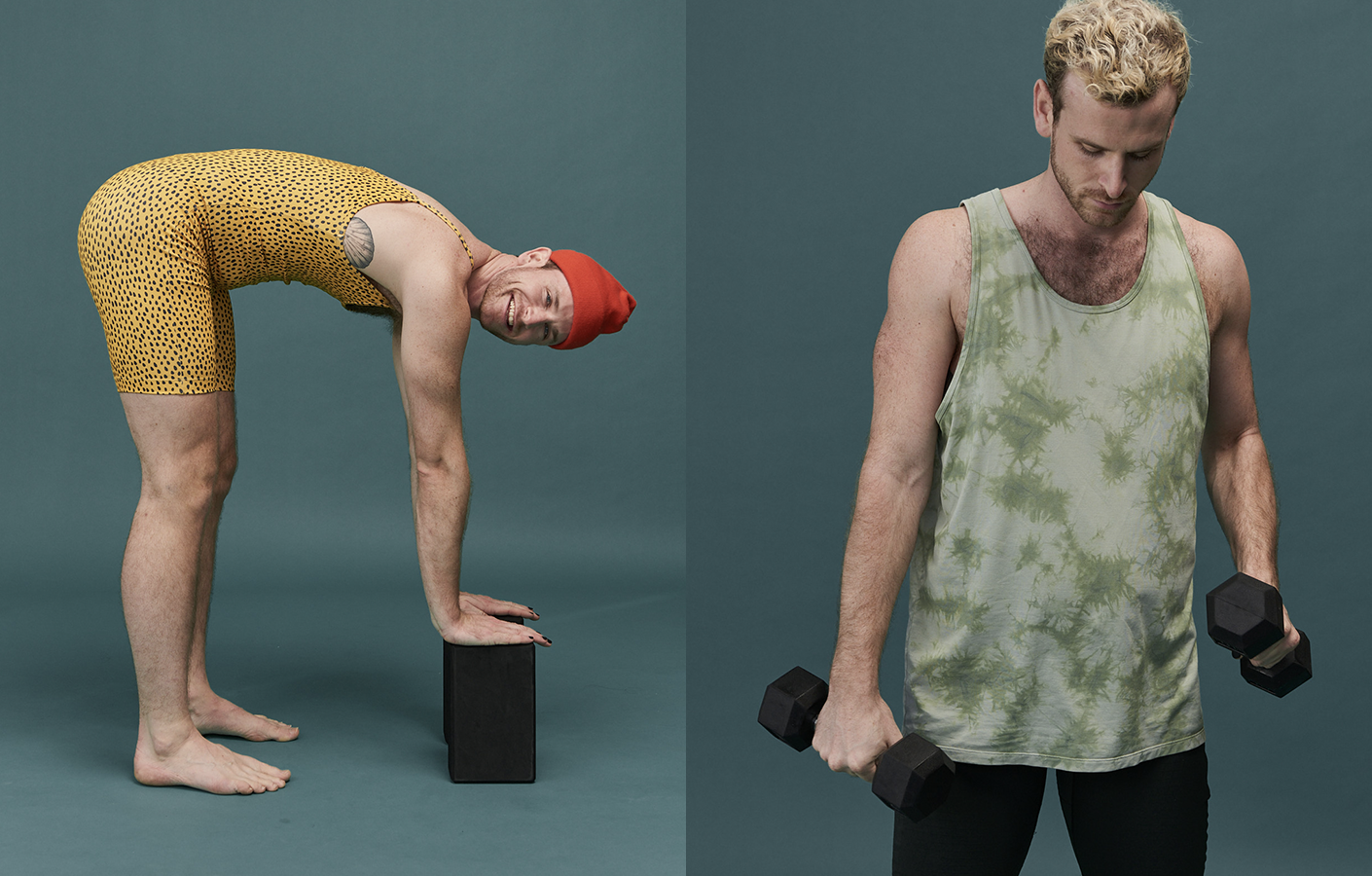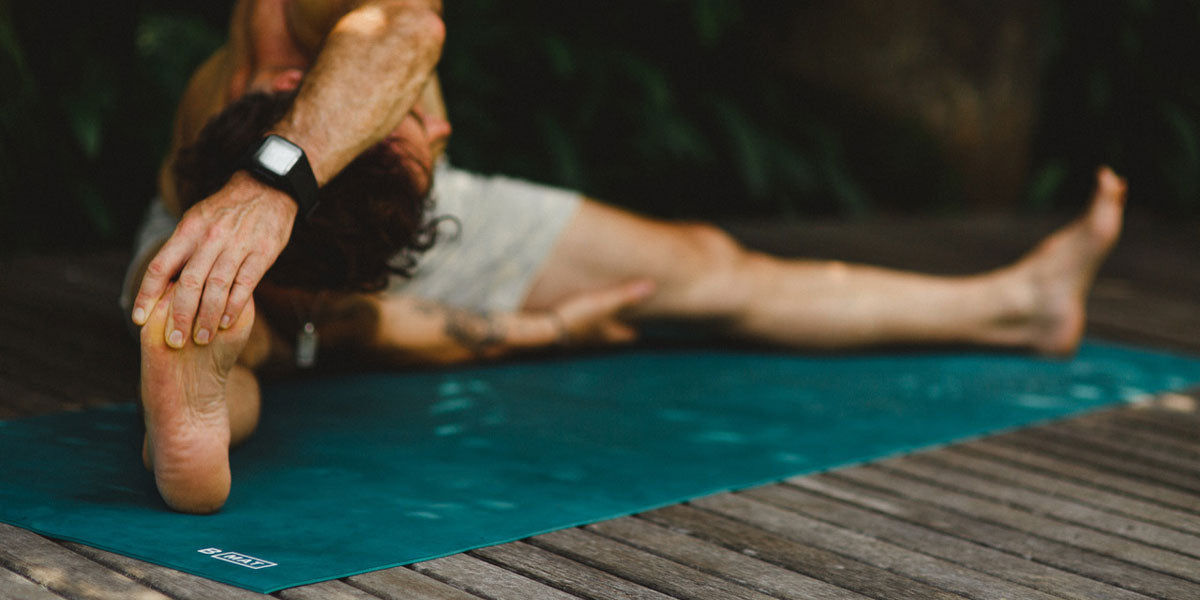Why exactly it works is no secret once you get at the heart of one of Ayurveda’s truths. Ayurveda tells us that everything in the universe is made from 5 essential elements. These five elements are earth, water, fire, air and ether. Each has both a physical quality, as well as energetic qualities.
Earth is heavy and dense in quality and constitutes our bone and muscle mass. It also keeps us emotionally grounded. Fire generates heat to allow metabolic processes such digestion to occur. It also allows for focused thoughts and ambition. Water is the substance of our vital, body fluids and brings calm, while air engenders mobility in the body, as well as nimble thoughts and lightness in our mind. It also offers us that essence of life: our breath. Ether, the subtlest of the elements is the space in which our organs reside, giving us mental expanse and clarity.
The elements combine in pairs to form the 3 primary bio-energies or doshas (dośas): vata (Air-Ether), pitta (Fire-Water), and kapha (Water-Earth) which make up our prakriti or constitution. A predominance of air and ether results in the vata dosha, that of fire and water in the Pitta dosha, and earth and water in the Kapha dosha. We know this from common parlance. E.g. we say things like, “She’s so airy.” Or “He’s so fiery,” or, “they’re so grounded.”
The doshas are like three interwoven strands that make up a rope. If one of the strands is thicker than the others, this one is your predominant dosha. Our work in life, according to Ayurveda is to not allow that first strand to become too thick, and to prevent the others from wearing away, as the doshas must work together to keep the body and mind healthy and harmonious.

In their various combinations, the doshas also exist outside of us. We can say that the seasons have specific doshas. E.g. in winter with its cold wetness, the kapha dosha is predominant, while in the summer, it’s the Pitta dosha that is high. Similarly, each day has a particular rhythm with the doshas each reigning over a particular time. At midday the sun is at its highest point, so we concur that the fire element and thus pitta dosha is enjoying its moment of supremacy, which might make noon the ideal time to eat our main meal of the day as our digestive fire or metabolism would likely be at its prime. Similarly once the sun retreats; which implies that its fire has diminished, it would make sense that we should eat light foods as our internal digestive fire has also lessened.
Makes sense? Once we begin to view our world through the lens of the elements and their interplay, we can start to become more attuned both to the natural rhythms of life as well as our innate tendencies. This may change how we eat and how we live – as food, seen through an Ayurvedic viewpoint, also has specific elemental attributes. For example, milk is cold, heavy and sweet, i.e. it can increase Kapha, so if you already have much of the Kapha dohsha within you, you might choose to lessen the amount of dairy you consume; while ginger is pungent and heating, and so increases Pitta.
The key however, says Dr. Svoboda is not about slavishly following rules about what not to eat or what not to do. The true gift of Ayurveda “is about getting to know who you are.”
There is so much more to learn, yet ultimately, Ayurveda operates on a simple principle, mentioned in the holy books of India, the Vedas; that each human is a fragment of the universal soul and we each have a unique destiny to fulfil on earth. To fulfil our destiny, we must remain healthy, as health alone enables us to enjoy our life to its fullest.
As a famous vedic prayer states:
“Lead me from darkness into light.
Lead me from untruth into truth.
Lead me from mortality into immortality.
Om.”
By Insiya Rasiwala-Finn
b, halfmoon global ambassador
Ayurvedic Coach, Yoga Teacher + Mama, Cancer Survivor
Dive deeper into Ayurveda with Insiya’s Urban Ayurveda Course







